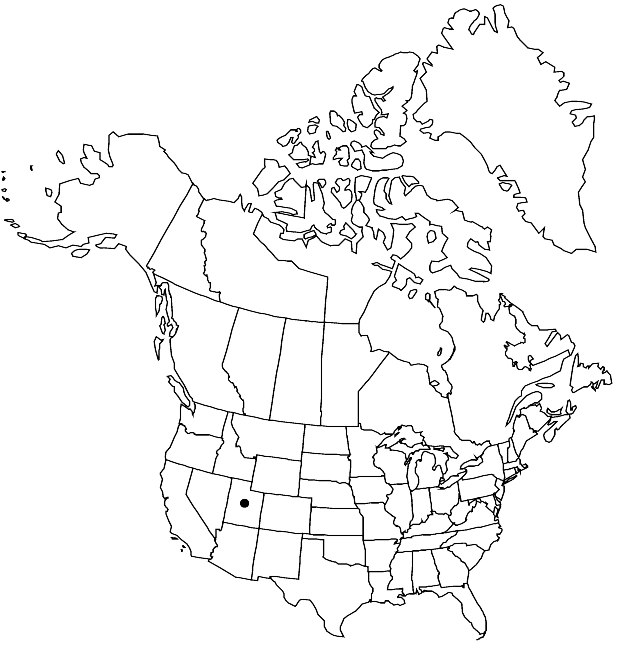Difference between revisions of "Hesperidanthus barnebyi"
Harvard Pap. Bot. 10: 50. 2005.
FNA>Volume Importer |
imported>Volume Importer |
||
| (One intermediate revision by the same user not shown) | |||
| Line 58: | Line 58: | ||
|publication year=2005 | |publication year=2005 | ||
|special status= | |special status= | ||
| − | |source xml=https:// | + | |source xml=https://bitbucket.org/aafc-mbb/fna-data-curation/src/2e0870ddd59836b60bcf96646a41e87ea5a5943a/coarse_grained_fna_xml/V7/V7_1189.xml |
|tribe=Brassicaceae tribe Thelypodieae | |tribe=Brassicaceae tribe Thelypodieae | ||
|genus=Hesperidanthus | |genus=Hesperidanthus | ||
Latest revision as of 22:30, 5 November 2020
Perennials. Stems few to several from caudex, erect, 1–3.5(–3.8) dm. Leaves subsessile or petiolate, (0.4–1 cm); blade oblong or elliptic to oblanceolate, 1.5–5 cm × 4–24 mm, base cuneate, margins entire or obscurely denticulate, apex obtuse to rounded. Racemes usually 2–8-flowered (rarely more). Fruiting pedicels ascending to divaricate, straight, 10–27 mm. Flowers: sepals green to purple, 5–8 × 2–3 mm; petals white or lilac (with darker purple veins), 9.5–12 × 2.5–3.5 mm, claw distinctly differentiated from blade, (narrower); filaments 2.5–3 mm; anthers linear, 2.5–3 mm; gynophore 0–1.5 mm. Fruits straight or curved, terete, 3.5–5.5 cm × 1–2 mm; ovules 24–42 per ovary; style subclavate, 1–2 mm; stigma flat, obscurely 2-lobed. Seeds 1.8–2.2 × 0.9–1.2 mm.
Phenology: Flowering Apr–Jun.
Habitat: Mixed desert communities
Elevation: 1700-2000 m
Discussion
Of conservation concern.
The species is restricted to the Chinle Formation in Emery and Wayne counties.
Hesperidanthus barnebyi, as Schoenocrambe barnebyi, is in the Center for Plant Conservation’s National Collection of Endangered Plants.
Selected References
None.
